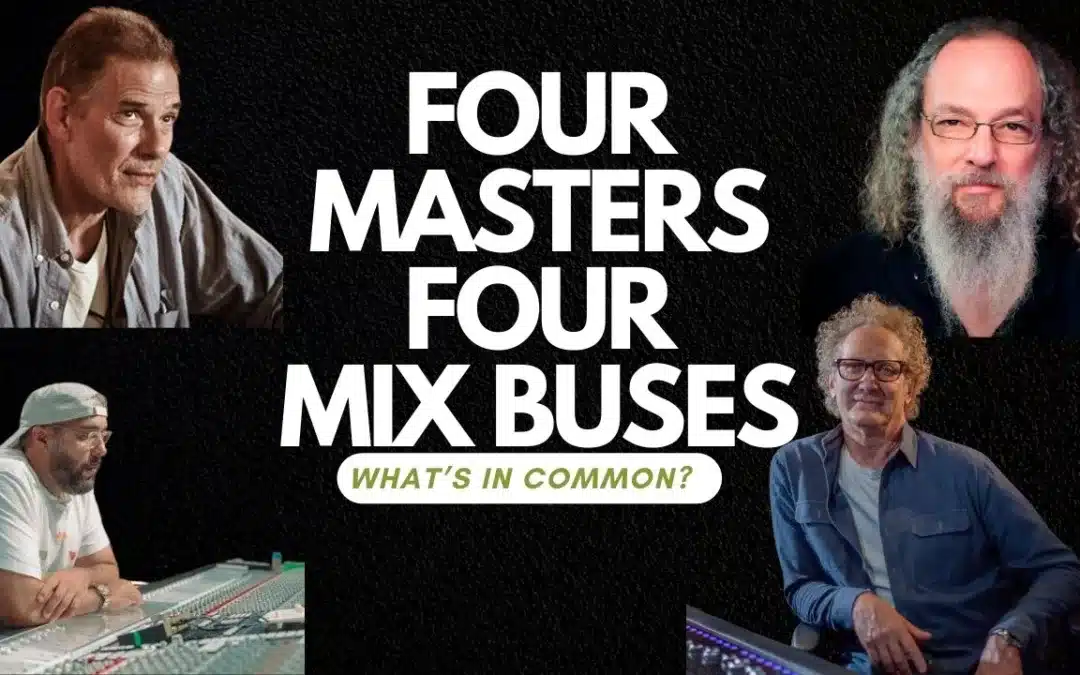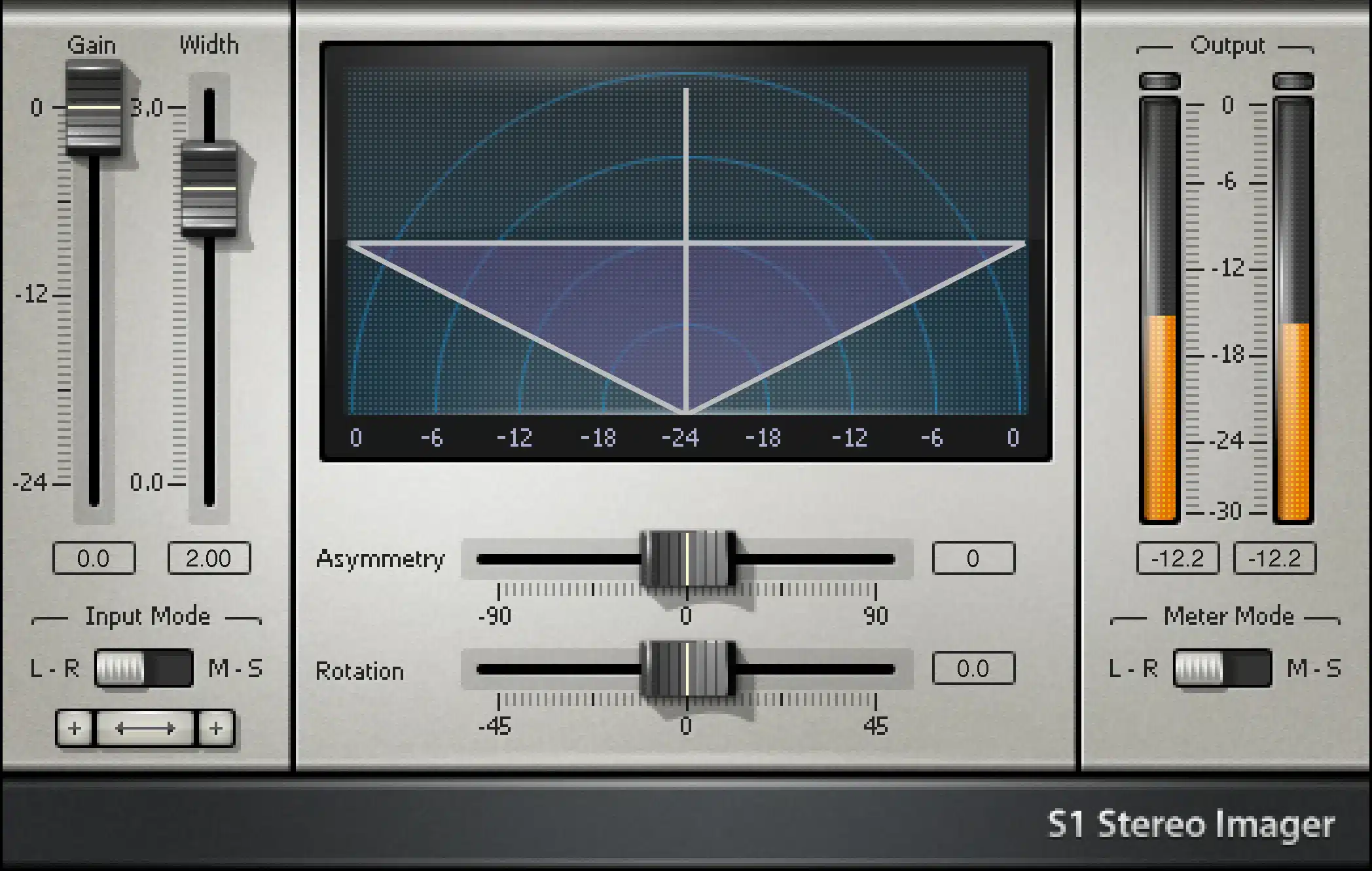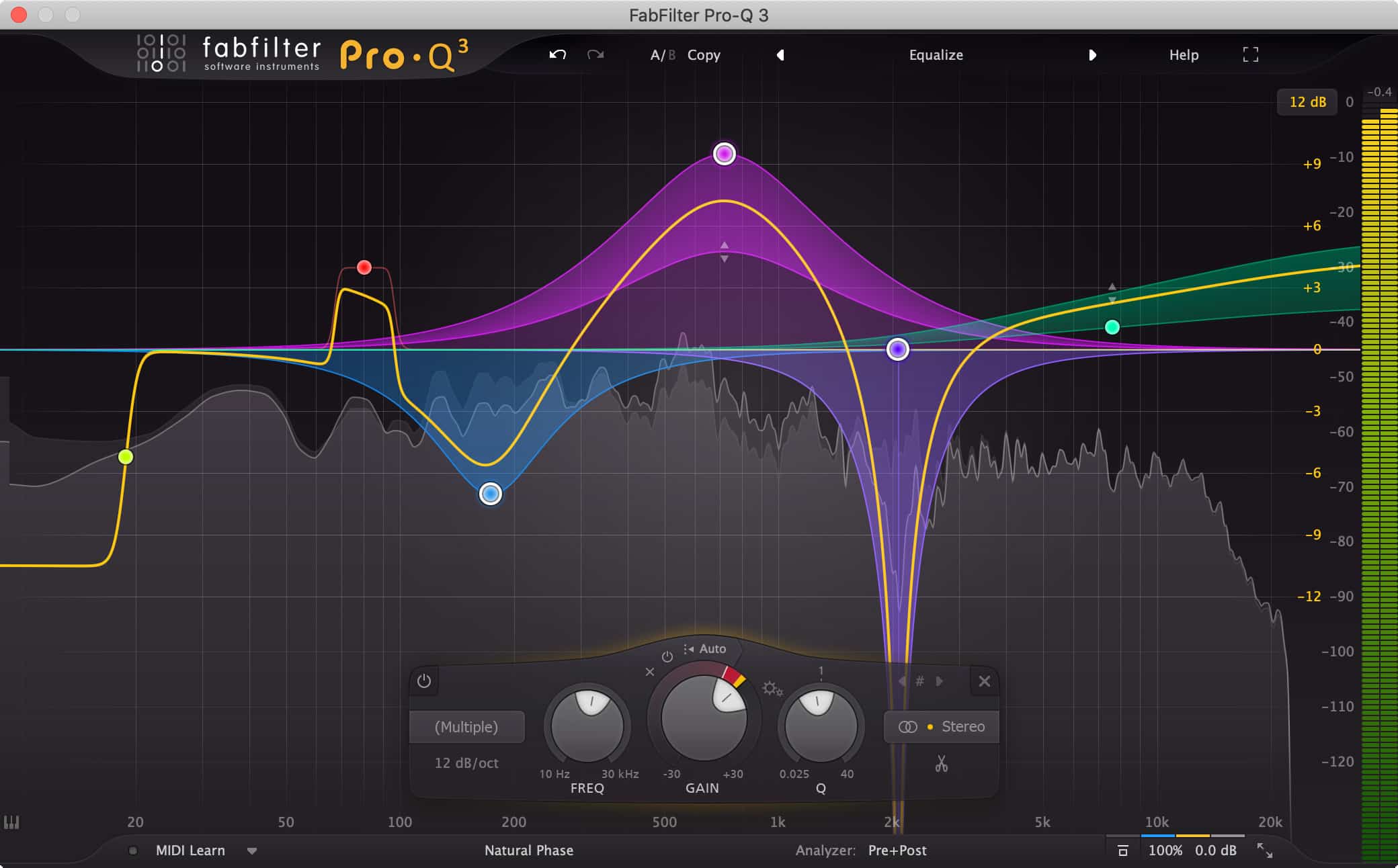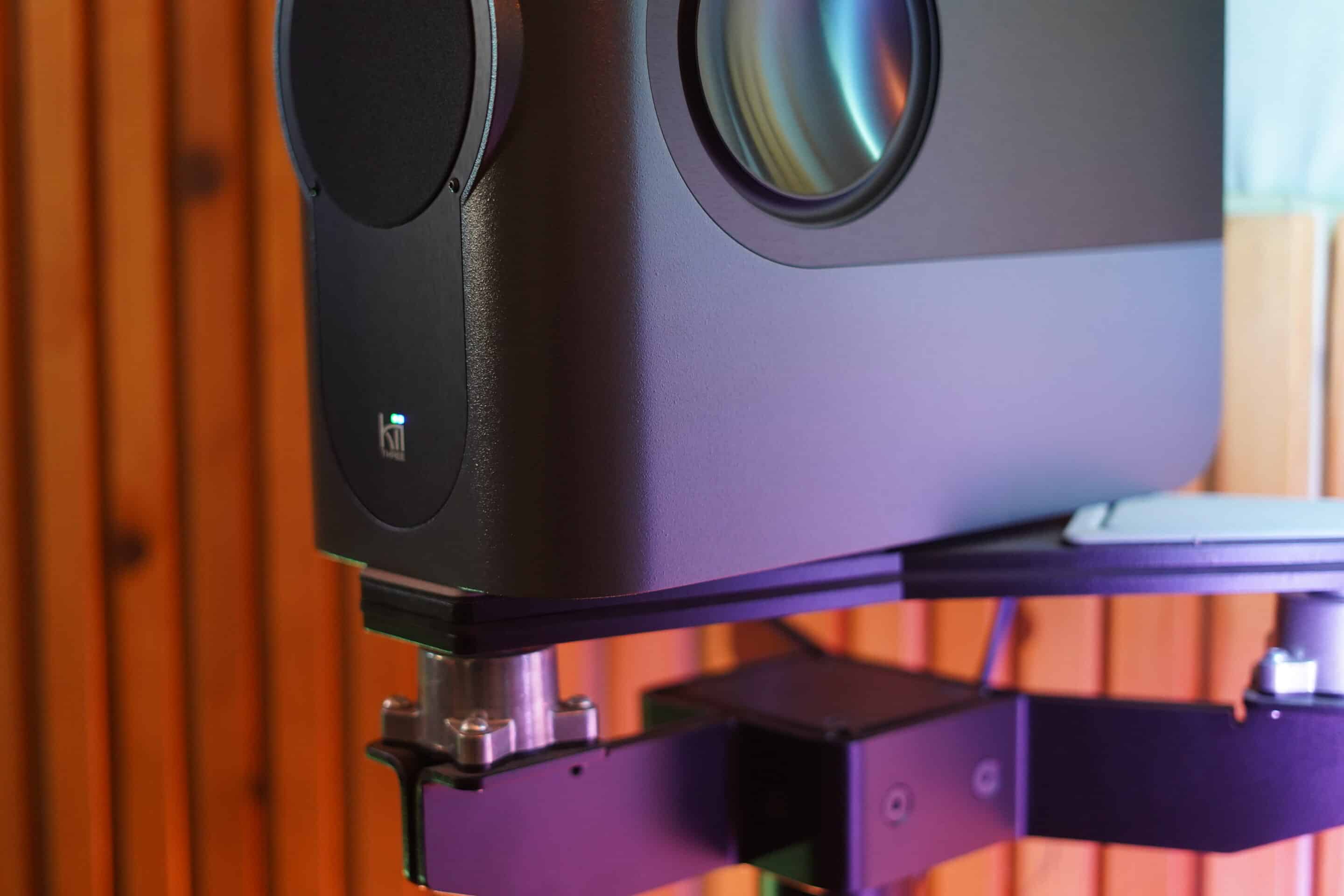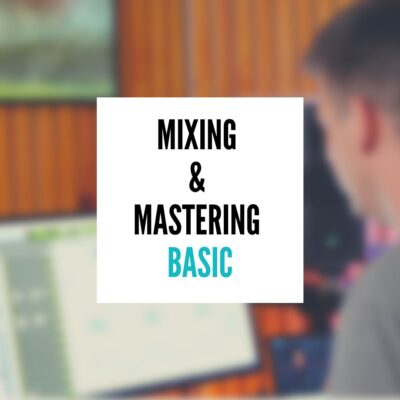Introduction
Today, we’re going to embark on a journey into the world of mixed bus processing. For many new engineers and seasoned pros alike, the mix bus holds a certain mystique—the last stage, where final touches are applied to glue the mix together, enhance its overall tone, and ensure it translates well across various listening environments.
In this guide, we’ll explore the intricacies of mix bus processing, drawing on the wisdom and techniques of four master mix engineers: Jaycen Joshua, Michael Brauer, Tchad Blake, and Andrew Scheps. By dissecting their approaches, we’ll uncover valuable insights and strategies you can apply to your mixes, regardless of genre or style.
The Essence of Mix Bus Processing
At its core, mix bus processing refers to the application of effects and processing to the master fader or mix bus—the single stereo track that sums all the individual tracks in a mix. This stage is crucial for several reasons:
- Glue: Proper mix bus processing can “glue” the mix together, creating a sense of cohesion and unity among the various elements.
- Tone Shaping: It allows for broad-stroke EQ adjustments and tonal shaping that affect the mix as a whole, rather than tweaking individual tracks.
- Dynamics Control: Compression and limiting on the mix bus help control the overall dynamics, ensuring a consistent and impactful listening experience.
- Gain Staging: It’s also a critical stage for gain staging, ensuring that the mix hits the subsequent mastering stage at an optimal level.
Understanding and mastering mix bus processing is a important. It’s not just about slapping on your favorite compressor or EQ; it’s about making deliberate, informed decisions that enhance the musicality and emotional impact of your mix.
Diving into the Mix Masters’ Secrets
Each of the four engineers we’re focusing on today brings a unique perspective and set of techniques to mix bus processing. I will mention some of the processing they use below but make sure to watch the video to see and hear the full breakdown of their chains.
Michael Bauer’s Mix Bus Chain
Michael Brower is known for his dynamic and impactful mixes. His mix bus chain often includes:
- Red 17 Stereo: A Waves plugin that provides subtle EQ adjustments, enhancing the mix’s overall tone without drastic changes.
- SSL Compressor: A staple for many engineers, offering a balance of dynamics control without sacrificing the mix’s punch and energy.
- Chandler Limited Germanium Compressor: Adds a significant amount of warmth and bass, contributing to Brower’s signature sound.
- EQ Settings: Brower’s approach to EQ on the mix bus is about enhancement, not correction, often employing gentle boosts to add sparkle and depth.
Jaycen Joshua’s Approach
Jaycen Joshua’s mix bus processing is characterized by simplicity and effectiveness, making it particularly appealing for beginners. His notable use of the God Particle plugin simplifies gain staging and glue, with built-in multiband compression and subtle EQ adjustments under the hood.
Tchad Blake’s Signature Sound
Tchad Blake employs an advanced mix bus chain that includes multiple tape emulation plugins and unique EQ settings. His approach is notable for:
- Tape Emulation: Utilizing plugins like Phoenix by Crane Song to add warmth and character reminiscent of analog tape.
- EQ Strategy: Blake’s use of EQ on the mix bus is minimalistic but effective, often aiming for a “smiley face” curve that enhances both ends of the frequency spectrum.
Andrew Scheps’ Techniques
Andrew Scheps offers a bright and clear mix bus processing approach, utilizing tools like:
- NEVE 33609 Compressor: For subtle dynamics control, emulating the sound Scheps achieved on analog consoles.
- BX Digital EQ: Used for stereo width adjustments and subtle high-frequency boosts on the sides, enhancing clarity and spatiality.
Listening and Comparing
One of the most uneful exercises you can do is to critically listen to the differences in mix bus processing among these four engineers. By using a single song as a reference point, we can appreciate how each engineer’s mix bus chain impacts the overall sound.
For instance, when comparing the mixes, you might notice that Michael Brauer’s and Tchad Blake’s versions emphasize the bass frequencies, giving the mix a warmer and fuller bottom end. This contrast with Jaycen Joshua’s mix, which might sound closer to the unprocessed mix but with a more polished and cohesive feel. Andrew Scheps’ mix, on the other hand, could appear brighter and more open, highlighting the clarity and spatial aspects of the mix.
This exercise isn’t about determining which approach is “better” but rather understanding how different mix bus processing techniques can shape the final sound. It’s a testament to the power of subtle adjustments at the mix bus level and their impact on the listening experience.
Commonalities and Differences
Despite their unique approaches, our four mix masters share some common practices in mix bus processing:
- Compression: All utilize some form of compression to glue the mix together, though the specific tools and settings may vary.
- EQ: Light EQ adjustments are a staple, with a tendency towards a “smiley face” curve—boosting the lows and highs for a pleasing sonic character.
- Saturation: To reintroduce the warmth and character often lost in digital recording, saturation—whether through tape emulation or analog gear modeling—is frequently employed.
- Limiting: A limiter is almost always present to manage peaks, ensure loudness standards are met, and prevent digital clipping.
However, the differences in their mix bus chains highlight the personal nature of mixing. For example, Tchad Blake and Michael Brauer lean heavily into tape emulation for added warmth, while Jaysen Joshua focuses on simplicity and efficacy with plugins like the God Particle. Andrew Scheps opts for a cleaner approach, possibly due to his work in Atmos and surround sound formats, where excessive compression or saturation might detract from the spatial qualities of the mix.
Key Takeaways for Your Mixes
Drawing from the wisdom of these mix masters, here are some key takeaways to enhance your mix bus processing:
- Start with a Vision: Before reaching for any plugin, have a clear sonic goal for your mix. This vision will guide your processing choices.
- Less is More: Often, subtle adjustments can have a significant impact. Avoid over-processing, which can lead to a lifeless or overly compressed mix.
- Experiment with Saturation: Explore different tape emulation or analog modeling plugins to add warmth and character to your digital mixes.
- Dynamic EQ and Multiband Compression: These can be powerful tools for transparent adjustments, allowing you to tackle specific frequency ranges without affecting the entire mix.
- Monitor at Low Levels: This can help you make more balanced mix bus processing decisions, ensuring your mix translates well across various listening environments.
Conclusion
Mix bus processing is both an art and a science, requiring a delicate balance of technical skill and creative intuition. By studying the approaches of seasoned engineers like Jaycen Joshua, Michael Brauer, Tchad Blake, and Andrew Scheps, we can expand our toolkit and refine our techniques. However, the most important lesson is to always serve the music, using our tools to enhance the emotional impact and clarity of the mix.
I encourage you to experiment with these concepts in your projects. Remember, there’s no “one size fits all” approach to mixing—what matters most is how the music feels to you and your listeners. If you need help mixing and mastering, make sure to reach out.

